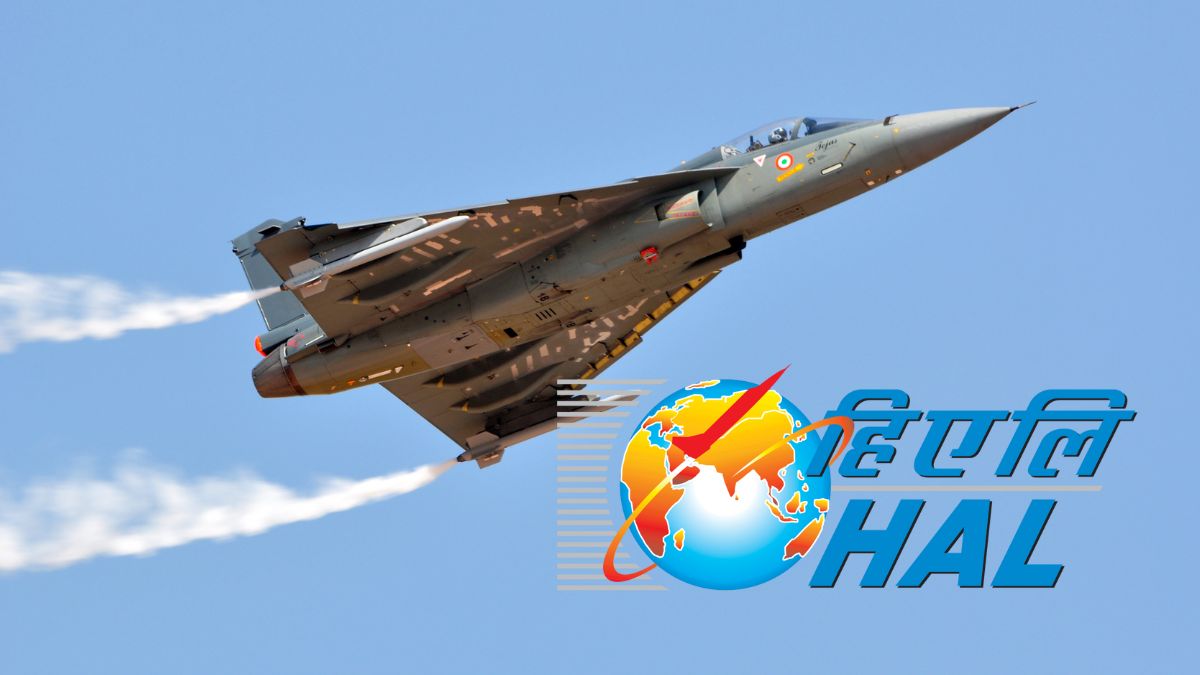With the MiG-21 fighter jets set to retire from the Indian Air Force fleet, the IAF is looking at fresh additions of fighter squadrons. And leading defence PSU Hindustan Aeronautics Limited (HAL) is at the centre of this transition. The company has received partnership interest from 28 private companies to make India’s fifth-generation stealth fighter.
HAL chairman DK Sunil on Sunday (September 21, 2025) confirmed that as many as 28 private sector firms have expressed interest in partnering with them to develop the Advanced Medium Combat Aircraft (AMCA). HAL has set up a committee to shortlist a maximum of two companies to form a consortium.
Why Is the AMCA project crucial for IAF’s fleet expansion?
The AMCA is India’s most significant military aviation programme, designed to equip the Air Force with around 120 stealth fighters starting 2035. With China already deploying its J-20s and developing sixth-generation prototypes, and Pakistan exploring the J-35, India urgently needs a next-generation platform to maintain aerial parity.
HAL has received proposals from nearly all major aerospace firms, including Larsen & Toubro, Tata Advanced Systems, Adani Defence & Aerospace and Mahindra Group, Hindustan Times reported. The Aeronautical Development Agency (ADA), under DRDO, has mandated competitive participation, giving equal opportunity to private and public sector players.
Defence PSU HAL, despite being the sole fighter jet manufacturer in India, faces constraints due to the EOI’s financial terms and will likely need partners to qualify.
What is the timeline for prototypes and induction?
According to HAL, ADA will issue a request for quotation after shortlisting partners to build five flying prototypes and one structural test specimen. The first prototype is expected to fly in 2029, with full development slated for completion by 2034, the Hindustan Times report added.
The IAF will begin inducting the first squadrons from 2035.
How will the IAF’s stealth fleet be structured?
The IAF’s modernization blueprint envisions six squadrons of AMCAs. The first two will be Mk-1 versions powered by American F-414 engines, while the Mk-2 will carry a more powerful engine co-developed by France’s Safran and DRDO’s Gas Turbine Research Establishment (GTRE).
This collaboration will deliver a 120-kilonewton thrust engine with full transfer of technology to India. The 25-tonne AMCA will be a swing-role stealth fighter, offering:
- Internal weapons carriage for low observability
- 360-degree situational awareness with advanced avionics
- Smart weapons integration and top-tier mission computers
- Super-cruise capability for sustained supersonic flight without afterburners
- Increased survivability in contested airspace
Why speeding up the programme is urgent?
The global security environment, especially China’s rapid stealth fleet induction, places pressure on India to fast-track AMCA development. The Cabinet Committee on Security has already approved the design and prototype phase at a cost of Rs 15,000 crore. Any delay could risk leaving the IAF behind in the stealth race in Asia.
IAF looking at over 42 fighter aircraft squadrons?
In a move that could dramatically reshape India’s military air strategy, the Indian Air Force is preparing to raise its fighter aircraft strength well beyond the sanctioned 42 squadrons. The aim: to tackle the very real possibility of fighting a simultaneous war with Pakistan and China.
The figure of 42 squadrons was set decades ago when India’s military planning was largely Pakistan-centric. Today, with China emerging as the primary threat, defence planners argue that the 42-squadron benchmark is simply too small. A senior military official told The Week that a higher figure has already been agreed upon.
How dire is IAF’s current squadron strength?
After the retirement of the MiG-21 fleet this month, the IAF will be left with just 29 fighter squadrons, roughly 464 to 522 fighters. This is about 250 short of the current requirements of 42 squadrons, let alone the revised benchmark. Closing this gap will require the induction of several hundred new fighters in the coming years.
The current IAF fighter mix of 29 squadrons are spread across 12 Sukhoi-30MKI squadrons, 3 Mirage 2000 squadrons, 2 Rafale squadrons, 2 Tejas LCA squadrons, Jaguars and MiG-29s filling the remainder. By comparison, China’s People’s Liberation Army Air Force (PLAAF) fields over 2,000 fighters, while Pakistan has around 500.
According to defence officials, the French-origin Rafale is the frontrunner in the MRFA contest. Reasons include familiarity, lower costs, procurement synergy, and urgency factor.
